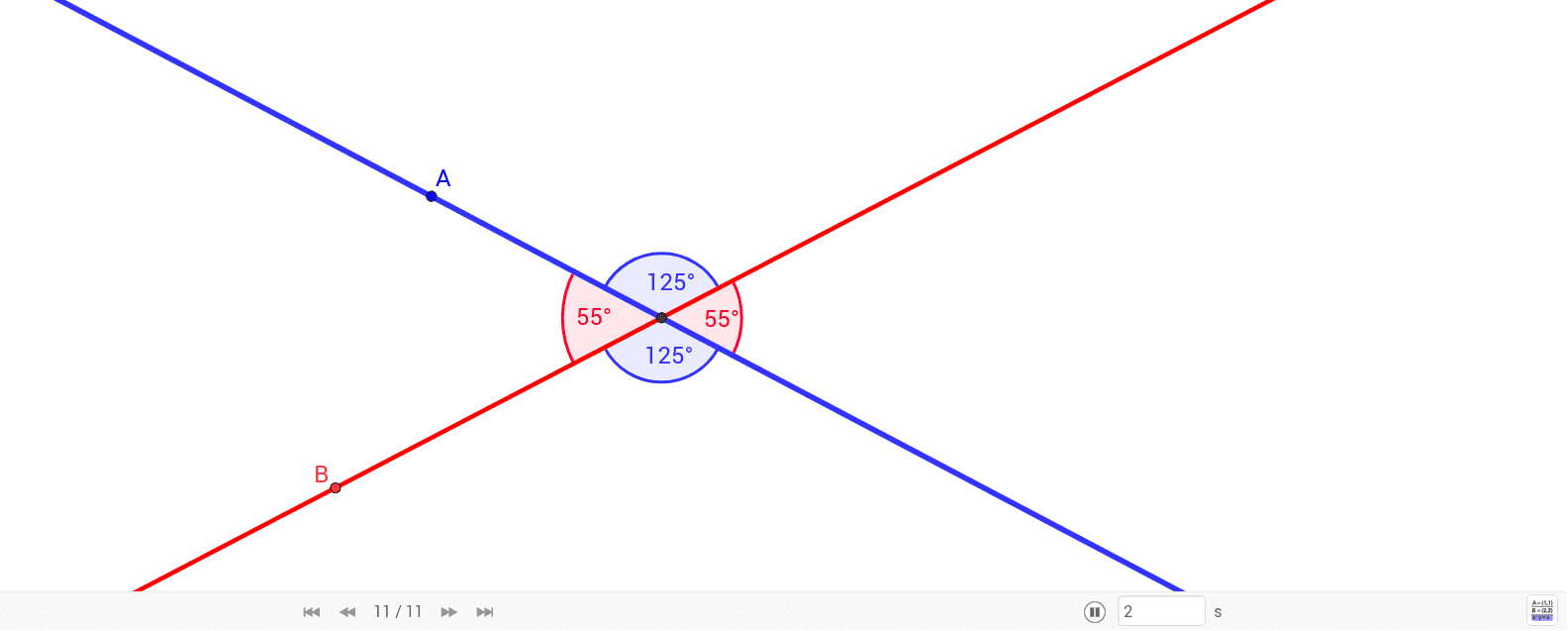

Note that 30° and 150° are supplementary angles. Now move the point P around the circle to P′ so that O P′ makes an angle of 150° with the positive x-axis.


This definition can be applied to all angles, both positive and negative, but in this module we will restrict the angle to be between 0° and 180°.Īs an example, let us take θ to be 30°, so has coordinates (cos 30°, sin 30°). the sine of θ is defined to be the y-coordinate of the.the cosine of θ is defined to be the x-coordinate of.If θ is the angle between OP and the positive x-axis, then: We can now turn this idea around and say that Hence the coordinates of P are (cos θ, sin θ). In the diagram shown, since = cos θ, we can We draw the unit circle centre the origin in the Cartesian plane and mark the point on the circle in the first quadrant. We use coordinate geometry to motivate the extended definitions as follows. What happens when one of the angles is obtuse? To deal with this we need to extend the definition of the basic trigonometric ratios from acute to obtuse angles. This idea will be picked up in the module, The Trigonometric Functions.īoth the sine rule and the cosine rule are used to find angles and sides in triangles. It will also provide the model for extending the definition of the trigonometric ratios to any angle. This allows us to deal with a broader range of problems and applications. It soon becomes apparent that in some cases we need to be able to define the trigonometric ratio of an obtuse angle. This is an essential tool for surveyors and civil engineers. We can relate sides and angles in an arbitrary triangle using two basic formulas known as the sine rule and the cosine rule.Īrmed with these we can solve a greater range of problems in two dimensions and extend these ideas to three-dimensional problems as well. Similarly, knowing any two of the sides in a right-angled triangle enables us to find all the angles. In the module, Introductory Trigonometry, we showed that if we know the angles and one side in a right-angled triangle we can find the other sides using the trigonometric ratios sine, cosine and tangent.


 0 kommentar(er)
0 kommentar(er)
